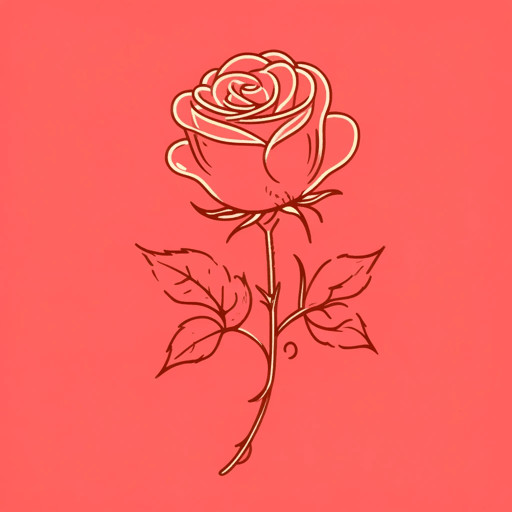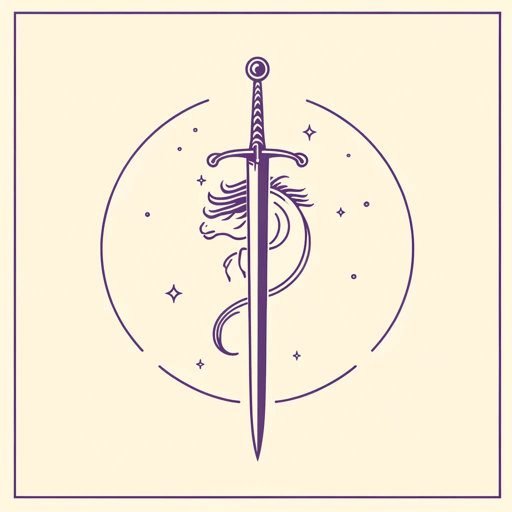48 pages • 1 hour read
Robin McKinleyBeauty: A Retelling of Beauty and the Beast
Fiction | Novel | Middle Grade | Published in 1978A modern alternative to SparkNotes and CliffsNotes, SuperSummary offers high-quality Study Guides with detailed chapter summaries and analysis of major themes, characters, and more.
Symbols & Motifs
Names
When her niece is given the name Mercy, Beauty thinks privately that the Huston family “already had more than enough virtues personified” (50), confirming that the women in Beauty are named after desirable virtues. From a young age, Beauty senses names ought to reflect their owners as individuals. She sees little to appreciate in the virtue of honor, so she claims the name Beauty instead, as if that will influence her future attributes. When she’s older and decides the name doesn’t suit her because she thinks she’s too plain-looking, Beauty begins to hate the name. She feels it draws more attention to her plainness, which is why she says to Beast, “I hope you weren’t misled by my foolish nickname” (117). Nobody else seems to question the appropriateness of the nickname. In Blue Hill, for example, it “had been adopted without the flicker of an eye” (39). This establishes Beauty’s character flaw—her unrealistic self-image—as well as the role of perception in defining beauty; factors that develop a thematic comparison of Outward Appearance Versus Inner Beauty.
Beast’s arc develops the symbolism of names in the story too. He tells Beauty to call him Beast when they first meet, and later reveals he doesn’t remember the name he had before being turned into a beast.
Related Titles
By Robin McKinley




